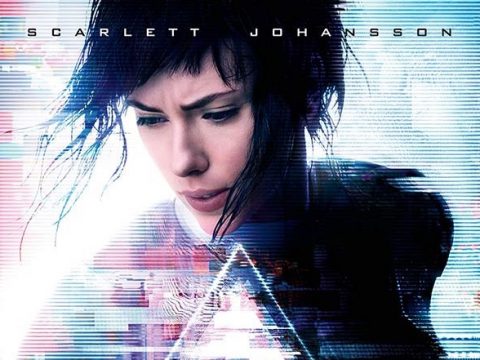
The Tomino Ending. It is a term that most anime fans know and dread the very utterance of, knowing that means that everybody in the main cast of a show is going to be killed off by the final episode. It is the trademark of Mobile Suit Gundam creator/director, Yoshiyuki Tomino, responsible for giving him the nickname “Kill ‘Em All” Tomino. Prime examples of the ending in action are in Victory Gundam, and Space Runaway Ideon, which holds the record for the biggest body count in anime history. However, Tomino is not restricted to Real Robots with these endings. He has also had a hand in the realm of Super Robots, directing the first half of Yuusha Raideen (He left afterwards for reasons unknown. Most people joke that it was because he wanted to kill everybody off…), and both of the “Muteki Brothers”–Muteki Kyojin Daitarn 3 and Muteki Chojin Zambot 3.

Sound familiar? Back in Issue 2 of Otaku USA, you’ll recollect how the writer for Gurren Lagann, Hiroyuki Imaishi, mentioned in his interview that he wished that he could have had an ending for the series as epic as the finale of the 1977 Super Robot anime, Muteki Chojin Zambot 3. While there are those that would think that the ending to Gurren Lagann did in fact surpass it, I beg to differ. As great as it is, Zambot 3 does have the tendency to just be passed off as “That One Super Robot Show Where All The [Insert Spoiler Here] Die”. Personally, I believe that’s unfair as Zambot 3 is one of the Mecha Anime essentials that played a part in changing the tone of the genre for the years to come.
Zambot 3 revolves around the “Jin Family”; three separate families whose ancestors were survivors of the destruction of the planet Beal. What starts out as an average day for Kappei Jin (youngest son of the Jin Family) in his quiet port town turns into a life or death struggle as the Gaizok, led by the fittingly named Butcher The Killer, descend to the Earth and start to destroy everything in sight. Before he can even breathe, Kappei is literally thrown into the cockpit of Zambo-Ace, a transforming jet/robot that he’s been subliminally trained to pilot, and faces off against the first Mecha-Boost (the Monsters of the Week). In time, his cousins Keiko and Uchuta join forces with their respective mechs, Zam-Base and Zam-Bull, gaining the ability to combine into the titular mecha, Zambot 3. With the families united, Zambot 3 faces off against Butcher The Killer to protect Japan from Gaizok attacks.

On the surface, it does sound like your average 1970’s Super Robot Series but Zambot 3 is anything but. Around the same time that he was working on Zambot 3, Yoshiyuki Tomino was working as a producer on second installment of the groundbreaking Romance Robot Trilogy, Voltes V. The trilogy, directed by legendary anime director, Tadao Nagahama, proved that a robot show could have dramatic storylines and character development rather than settling for a forgettable extended commercial. You can tell Tomino must have been influenced by Nagahama as Zambot 3 does just that, only going a much darker route. You could even say that Zambot 3 might as well have been an experiment by Tomino into concepts that would become prevalent in Mobile Suit Gundam two years later, namely the harsh reality of war that appears throughout the entire series and attempts at realism. Cities are decimated but aren’t rebuilt at breakneck speeds off-screen as they would in the average Super Robot show, and main cast members are brutally killed because of heroic sacrifice or twisted luck.
The most dramatic element of Zambot 3, however, is best put in the haunting words of Butcher The Killer; “Did anybody ask you to protect the world?” Throughout the series, Kappei and his family are blamed for the Gaizok attacks to the point where Kappei is nearly beaten to death by a mob because of his association. Despite all the hate from Japan, with even some of their loved ones turning against them, the Jin Family is forced to keep on fighting the good fight, knowing their sacrifices fall on deaf ears. It was a drastic change to the usual fare of the lead Super Robot being loved by the public and came off as more realistic, painting an ugly picture of human nature and adding drama to the already desperate fight against the Gaizok forces.
 Now I’m not saying that Zambot 3 is the greatest show ever. Its animation is very dated and in great Tomino fashion, there are some moments where the dialogue leaves you burying your face in your hands. However, no matter how ridiculously epic the finale of Gurren Lagann is, it still won’t have the final emotional impact that was the climax of the final episode of Zambot 3. (I’d go into a play-by-play comparison of the two but that would spoil the ever-living hell out of Gurren Lagann‘s finale. No, that isn’t a cop-out…) Weird thing is that if you watch both shows back to back, you can see striking similarities to the homestretch episodes of Zambot 3, right down to the bittersweet aftermath. Who can blame Hiroyuki Imaishi though? Zambot 3 was the first of a new breed of Super Robot anime in 1977 and a hell of an emotional and action packed rollercoaster. If you ever get the chance to watch this show, take the time and do it! This isn’t just another anime with a Tomino Ending; it’s an underrated classic.
Now I’m not saying that Zambot 3 is the greatest show ever. Its animation is very dated and in great Tomino fashion, there are some moments where the dialogue leaves you burying your face in your hands. However, no matter how ridiculously epic the finale of Gurren Lagann is, it still won’t have the final emotional impact that was the climax of the final episode of Zambot 3. (I’d go into a play-by-play comparison of the two but that would spoil the ever-living hell out of Gurren Lagann‘s finale. No, that isn’t a cop-out…) Weird thing is that if you watch both shows back to back, you can see striking similarities to the homestretch episodes of Zambot 3, right down to the bittersweet aftermath. Who can blame Hiroyuki Imaishi though? Zambot 3 was the first of a new breed of Super Robot anime in 1977 and a hell of an emotional and action packed rollercoaster. If you ever get the chance to watch this show, take the time and do it! This isn’t just another anime with a Tomino Ending; it’s an underrated classic.


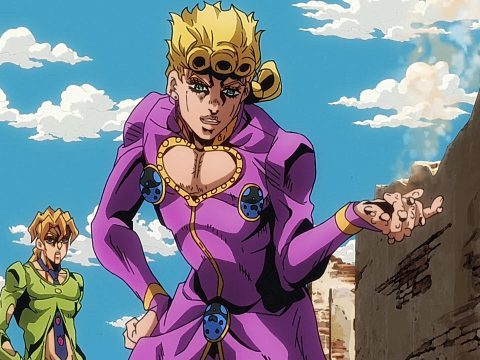
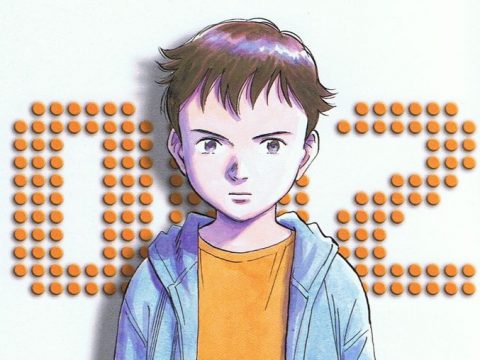
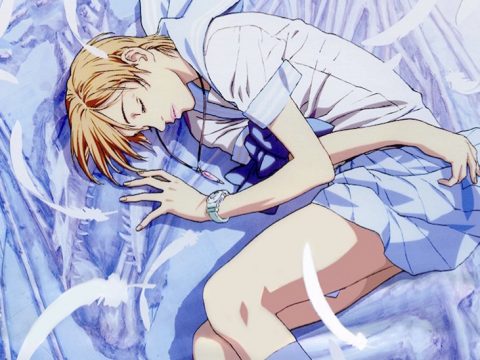
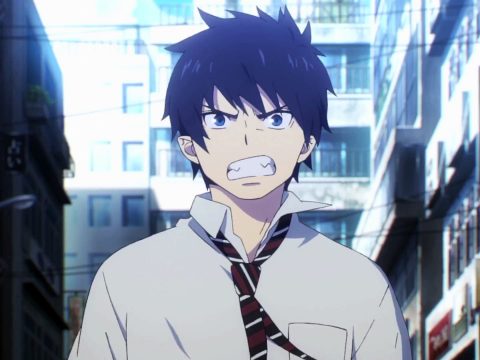
![[Review] Ghost in the Shell Deluxe Edition Manga [Review] Ghost in the Shell Deluxe Edition Manga](https://otakuusamagazine.com/wp-content/uploads/2017/08/gitsdeluxeheader-480x360.jpg)
